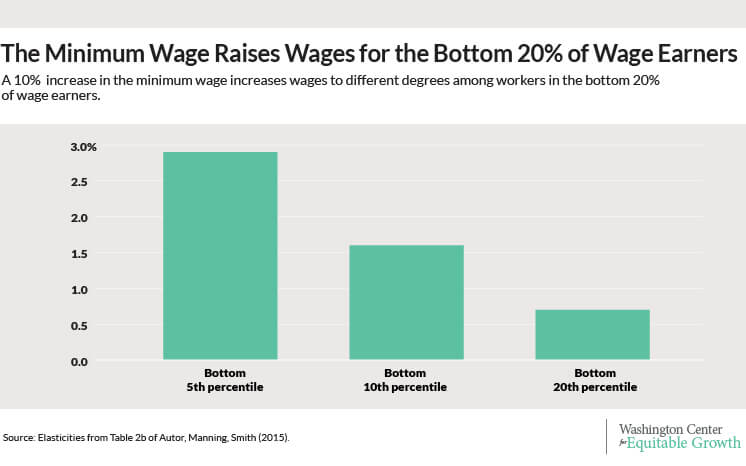The slow-motion economic crisis in Greece finally accelerated into high gear this week, with the imposition of a bank holiday and capital controls following the withholding of another round of capital by the European Central Bank from Greece’s insolvent banks. This is what it looks like when a fixed exchange regime such as the euro fails. To date, the critique of the Eurozone as a system has mostly centered on the inability of an independent central bank to govern an economy as large as Europe’s without also having a European Treasury with tax and spending authority to back it up.
The problems inherent in the Eurozone, however, run deeper than a mismatch between the European Union’s wide monetary and narrow fiscal authority. They can be found in the DNA of the Eurozone. The European Central Bank’s institutional priorities and rules baked in from the start doomed the euro project to eventual failure in exactly this way. The relevant DNA emerged from a strand of the macroeconomic research born in the “neoclassical revolution” of the 1970s. That literature gave intellectual heft to the idea that a central bank should be run completely independent of any democratically-accountable political authority and that the only policy objective a central bank should uphold is to prevent inflation at all costs.
That is how the European Central bank is set up. Its governors are appointed from the central banks of the Eurozone member states and are not subject to any confirmation, as determined by a treaty that supersedes the domestic law of all European Union members. The same treaty requires that the central bank only care about “price stability,” meaning preventing inflation.
The most influential paper undergirding the euro is “Rules Rather Than Discretion: the Inconsistency of Optimal Plans,” published by economists Fynn Kydland of Norway and Edward Prescott of the United States in 1977 (see here for a lucid summary of their work). Their paper is very much a creature of the “stagflation” of the early 1970s. The key idea is that central bankers face a “Time Consistency Problem,” in which no policy they announce will ever be believed.
To understand Kydland and Prescott’s argument, first imagine that unemployment is negatively related to inflation. That is, higher inflation is associated with lower unemployment, and vice versa. Central bankers want to minimize both unemployment and inflation, so they face an inherent tradeoff. Now imagine that the economy exists for only two periods. In the first period, workers and firms form their expectation for inflation in the second period. If the central bank can convince workers and firms in the first period that inflation will be low in the second, then when that second period rolls around the central bank will have a strong incentive to generate surprise inflation in order to lower unemployment. But if workers and firms understand how the game is played, they’ll know a surprise is coming, so they cannot be induced to believe inflation will be low when they form expectations in the first period. Once workers and firms expect high inflation, if the central bank doesn’t deliver it in the second period, then unemployment will be high.
Because of these dynamics around expectations and trust, in the world of Kydland and Prescott’s simple model, an outcome with no inflation and low unemployment is unattainable. Any central banker who tries to reduce unemployment will only end up increasing inflation by inducing workers and firms to expect inflation, which the central banker then has to deliver to avoid unemployment.
To sidestep the Time Consistency Problem, Kydland and Prescott proposed what they called “rules” whereby the central bank should use a mathematical formula to dictate policy, eliminating their discretion. There’s no role for individual central bankers weighing options, hence no opportunity for them to try to fool workers, and hence no concern that workers will be afraid of being fooled and not trust an announced discretionary policy.
As several later writers noted, there’s no guarantee this mathematical formula would not itself be changed, so even mathematically-defined rules based on independent economic data may be just as bad, in practice, as discretion! Instead, as the Time Consistency literature evolved, the critical element in setting anti-inflationary policy is to appoint central bankers with strong reputations for fighting inflation. Everyone will believe them.
The result of this academic wrangling was a consensus in favor of endowing central bankers with no political accountability and tasking them to do whatever’s necessary to curtail inflation should it ever arise. By doing so, they assure inflation never arises in the first place. That is the view that was incorporated into the Maastricht Treaty of 1992 that set up the European Central Bank and gave it the notorious single mandate to reduce inflation, with no eye to mitigating recessions or unemployment.
Inflation has indeed been low in the Eurozone, including in countries such as Spain, Italy, and Greece where inflation had been famously high when these nations had their own currencies and autonomous central banks. But over this same period, inflation has also been low across developed economies, including those without independent central banks (such as the United Kingdom, where the move to independent policymaking only happened in 1997, to no discernible effect), and those with central banks charged with an explicit dual mandate for price stability and full employment (as in the United States).
The problem is that sometimes an economy needs inflation to function well. That’s true of Greece now—a massive debt overhang means that Greek businesses and households aren’t spending. Creditor-enforced austerity means the Greek government isn’t spending either. And an over-valued currency means that no one outside Greece wants to buy what the country is selling.
But the European Central Bank can never allow inflation because in the strange world of the Time Consistency Problem, that would reveal it to be irresponsible and secretly pro-inflation, ultimately leading to hyperinflationary expectations throughout the Eurozone. So despite the massive economic, social, and political cost, the European Central Bank insists on a prolonged depression rather than moderate inflation to work off Greece’s debt overhang. The idea that 25 percent of Greece should be unemployed and the other 75 percent should lose half their income in order to uphold the rigid diktat of an economics paper published in 1977 is not politically sustainable. Instead, Greece may well leave the euro. Either way, the Eurozone will leave its rigid DNA intact. Until the next crisis.











